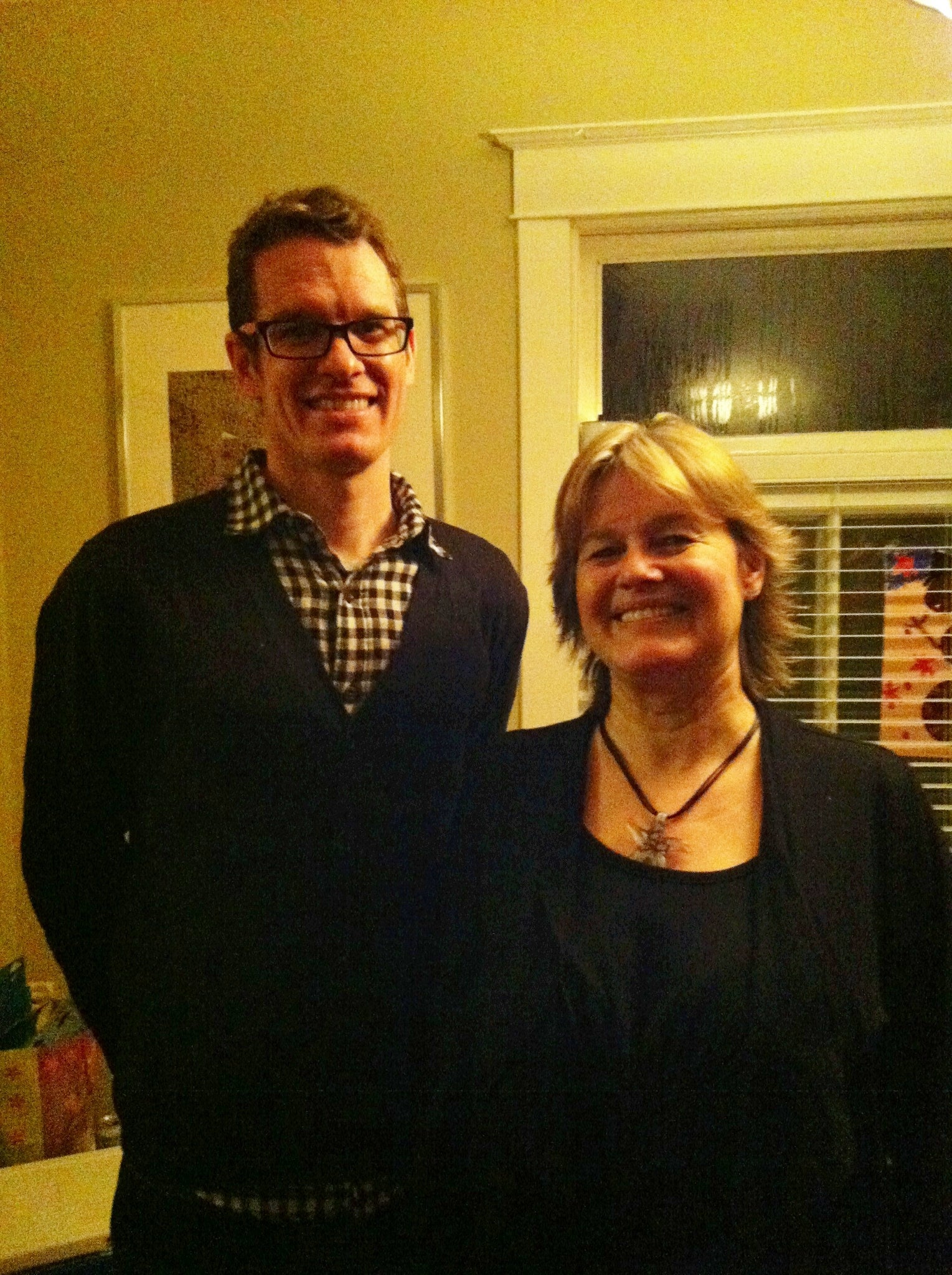Grant recipients: Dorothy Hadfield and Jay Dolmage, Department of English
(Completed. Project timeline: January 2013-December 2014)
Project summary

Project goals and questions investigated
At its most basic, this project seeks to investigate the effectiveness of applying an innovative course design to a currently problematic, high-enrollment, online business communications course. We plan to explore whether redesigning the course into a business simulation environment will:
- improve student and instructor engagement,
- allow instructors to use their time more effectively for student feedback and interactions,
- provide opportunities for students to develop higher-order critical rhetorical skills, and
- foster deeper learning for students by emphasizing the connections between course content and real-world requirements.
We also seek to determine:
- whether this type of course can be created without compromising accessibility requirements,
- whether this innovative teaching approach is sustainable within the context of the university’s online course delivery methods, and
- whether this innovative course design is transferrable to other online courses, or even into on-campus classes as well.
Findings/Insights
Students have come to recognize the applicability of the business simulation model that we introduced in the Fall 2013 iteration, and have reacted increasingly favorably to that aspect of the course as our iterative development process makes the simulation environment more robust. In the most recent feedback data (PDF; Fall 2014), students identified the business simulation as one of the top 3 most engaging elements in the course (55% agree/strongly agree on engagement value, up from 23% in Winter 2014). The Fall 2014 data further identifies the sample documents and peer review, also added as part of the course redesign, as the other most engaging elements in the course (agree/strongly agree responses were 70% and 79% respectively). Further, student feedback has also identified the collaborative peer review as the most useful course element for learning (72% agree/strongly agree on learning value). In its final phase, the business simulation will build on this strength by facilitating even more significant opportunities for authentic peer review.
Since then, data analyzed by CEL from pre- and post- skills self-assessment that we integrated into the course experience shows a statistically significant increase in student perception of their business communication skills, but student feedback also indicates that streamlining some of the course content and activity structures would make the course easier to navigate. Working within the LEARN environment has proved to be challenging in many ways, and we are continuing to refine those aspects of the course structure.
While the collaborative peer review process is clearly a valuable aspect of the course, creating the appropriate assignment content to foster it has proved to take more time than anticipated. However, once it has been developed and fully integrated, it will offer enough variables that it will be able to maintain a high standard of academic integrity without the need for constant assignment refreshing like the current course requires.
Dissemination and Impact
- At the individual level: RAs supervised gained valuable experience in course design principles and online development processes.
- At the Department/School and/or Faculty/Unit levels: The revision of this course recalibrated the department to pay much closer attention to large-enrollment online classes, their design and delivery, the support provided for faculty and TAs who teach the courses, and the role such courses have in our degree programs. This course has become something the department can be proud of.
- At the institutional (uWaterloo) level: The peer review aspect of this course formed the core of Dorothy Hadfield’s presentation at OND 2014, “Assessing to Scale,” on a panel organized by James Skidmore.
References and Resources
References (PDF)
Sample course images (PDF)